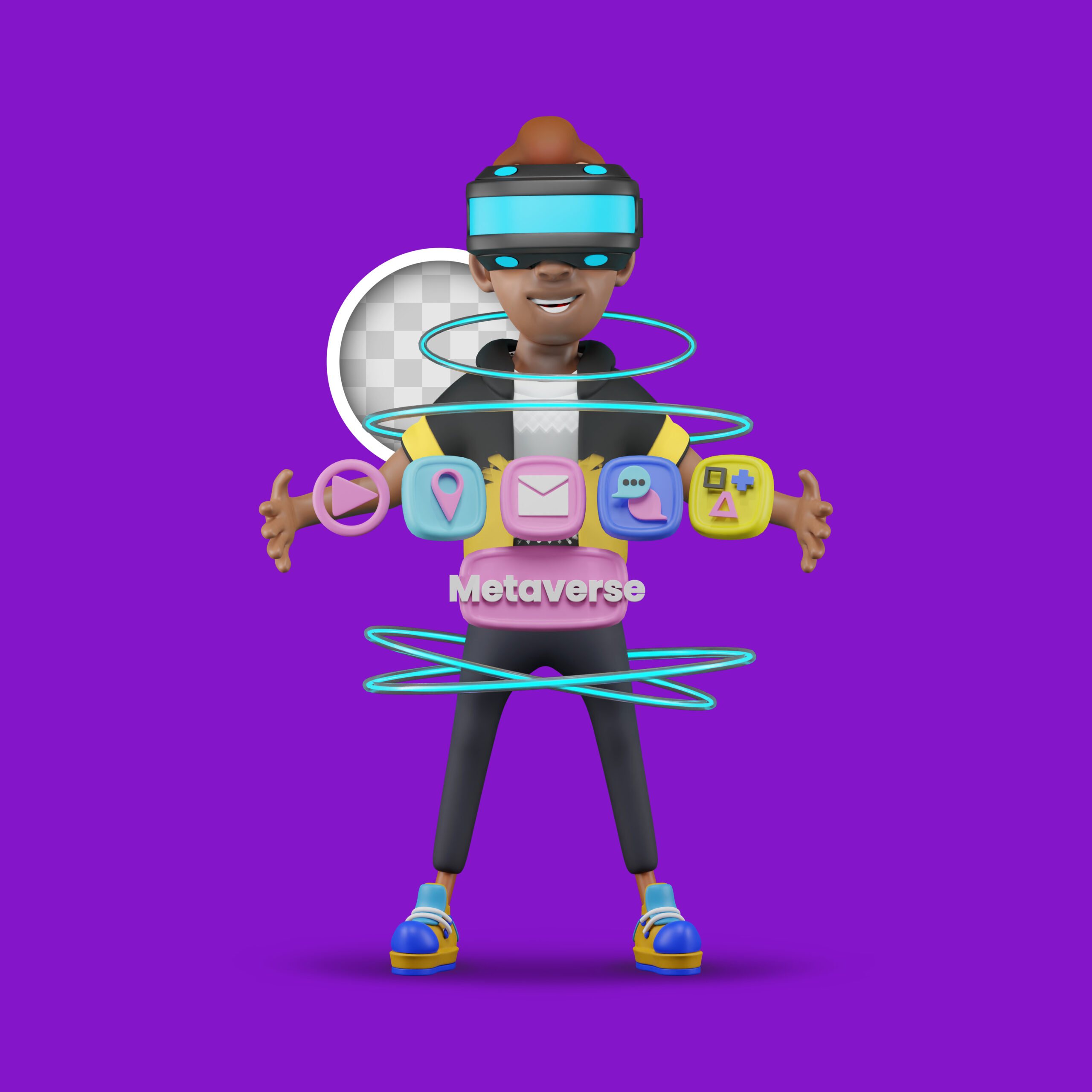Augmented reality (AR) has revolutionized the way we interact with technology by blending virtual elements with the real world. As the demand for AR applications continues to grow, developers must be mindful of the potential pitfalls that can hinder the success of their projects. In this article, we will explore seven common augmented reality app development mistakes and provide valuable insights on how to avoid them.
Mistake 1: Lack of Clear Objective
When embarking on an augmented reality app development journey, having a clear objective is crucial. Without a defined purpose, your app may lack direction and fail to provide a meaningful experience for users. It’s essential to identify the specific problem your app aims to solve or the value it brings to users. By setting a clear objective from the outset, you can align your development efforts and create a focused and purposeful AR application.
Mistake 2: Ignoring User Experience
A compelling user experience is at the core of any successful app, and augmented reality is no exception. Neglecting user experience can result in a disorienting or confusing app that fails to engage users. It’s crucial to understand your target audience, their needs, and how they will interact with your AR app. Invest time in designing intuitive user interfaces, ensuring smooth interactions, and providing clear instructions and guidance throughout the user journey.
Mistake 3: Inadequate Testing and Quality Assurance
Thorough testing and quality assurance are paramount to the success of any software development project, including augmented reality apps. Failing to conduct comprehensive testing can lead to bugs, glitches, or performance issues that compromise the user experience. Make sure to test your AR app on different devices, screen sizes, and operating systems to ensure compatibility and optimal performance. Additionally, seek feedback from beta testers to uncover any potential issues and address them before the app’s release.
Mistake 4: Poor Content Integration
Augmented reality relies heavily on the seamless integration of virtual content into the real world. Failing to integrate content effectively can result in disjointed experiences or inaccuracies. Ensure that your AR app’s virtual elements align precisely with the physical environment and respond appropriately to real-world interactions. Invest in robust computer vision algorithms and accurate tracking systems to deliver a cohesive and immersive AR experience.
Mistake 5: Overcomplicating the User Interface
Simplicity is key when it comes to user interfaces in augmented reality apps. Overcomplicating the interface with cluttered menus, excessive buttons, or overwhelming information can confuse and frustrate users. Strive for a minimalist and intuitive design that allows users to focus on the augmented content seamlessly. Keep the user interface unobtrusive, providing easy-to-understand controls and instructions to enhance user engagement and satisfaction.
Mistake 6: Neglecting Performance Optimization
Performance optimization plays a vital role in ensuring smooth and responsive augmented reality experiences. Neglecting optimization can lead to slow rendering, laggy interactions, or drained device batteries. Optimize your app’s performance by implementing efficient rendering techniques, minimizing unnecessary computational load, and optimizing the use of system resources. Prioritize smooth frame rates, minimal latency, and energy efficiency to deliver an enjoyable AR experience.
Mistake 7: Ignoring Regular Updates and Maintenance
Once an augmented reality app is launched, the journey doesn’t end there. Ignoring regular updates and maintenance can lead to stagnation and loss of user interest. Technology evolves rapidly, and new features, bug fixes, and security updates are necessary to keep your app relevant and competitive. Regularly gather user feedback, analyze app performance metrics, and incorporate improvements based on user needs and industry trends. By providing timely updates and ongoing maintenance, you can ensure that your AR app remains functional, secure, and appealing to users.
Conclusion
Developing an augmented reality app can be an exciting and rewarding endeavor. However, it’s crucial to avoid common mistakes that can hinder its success. By setting clear objectives, prioritizing user experience, conducting thorough testing, integrating content effectively, simplifying the user interface, optimizing performance, and providing regular updates, you can create a standout AR app that captivates users and delivers a seamless and immersive experience.
Remember, augmented reality has immense potential to transform industries and revolutionize how we interact with technology. By avoiding these mistakes, you can maximize the impact and value of your AR app, setting yourself up for success in this rapidly evolving field.





















Leave a Reply